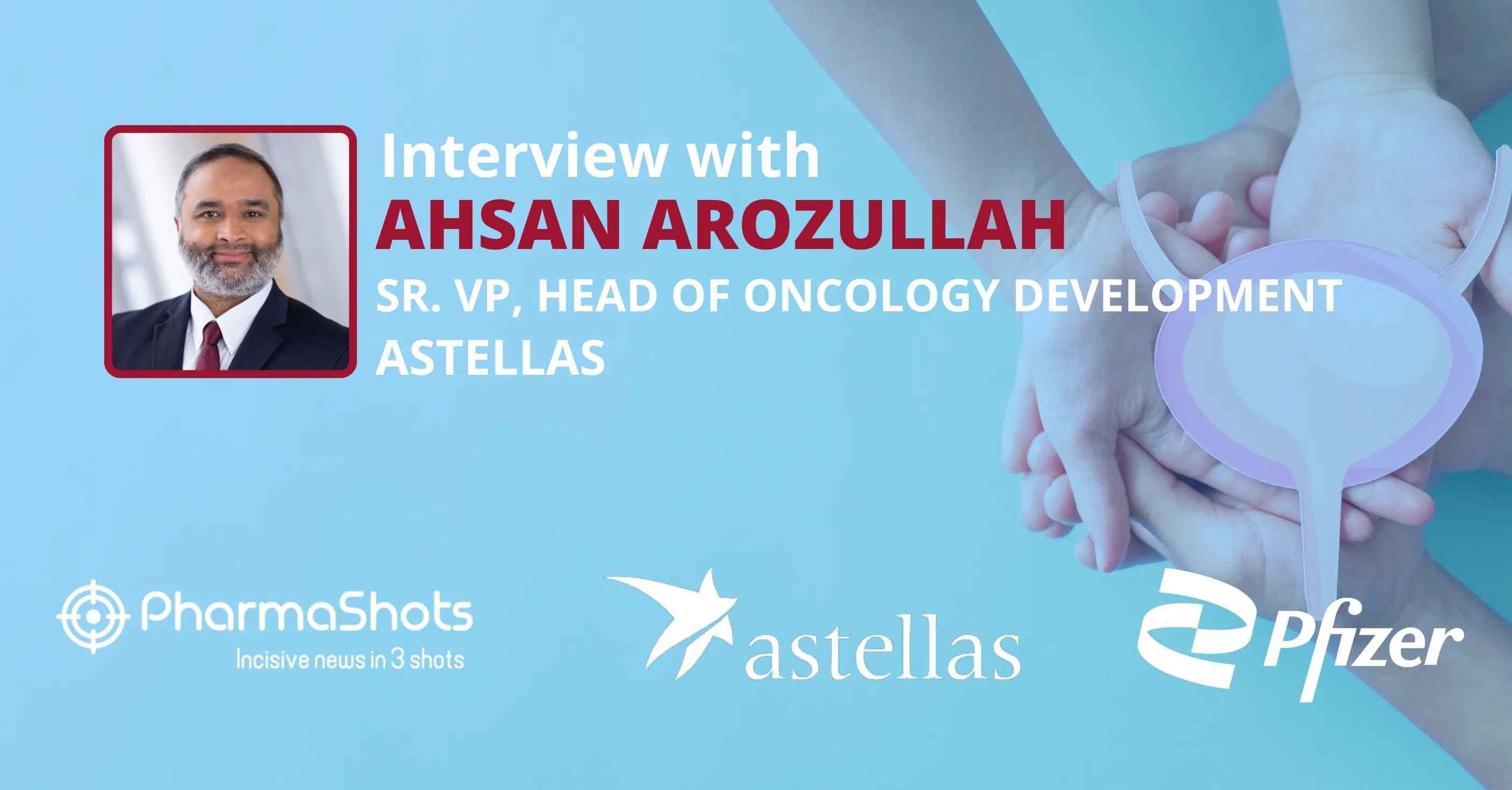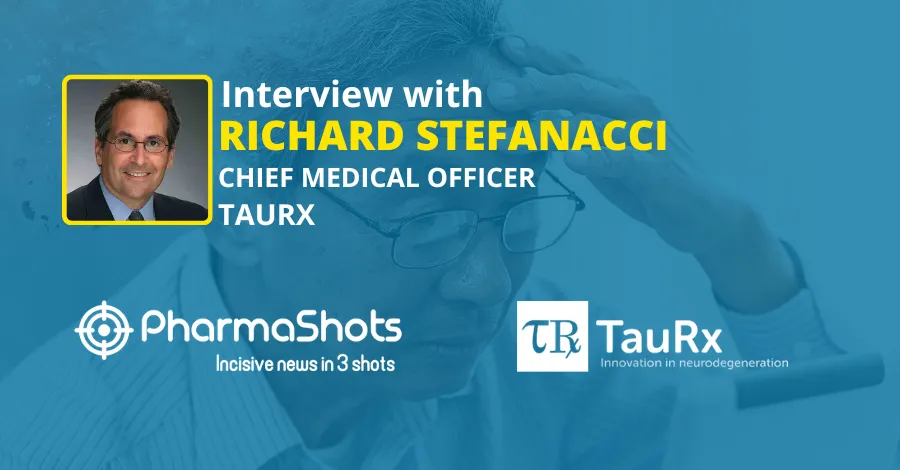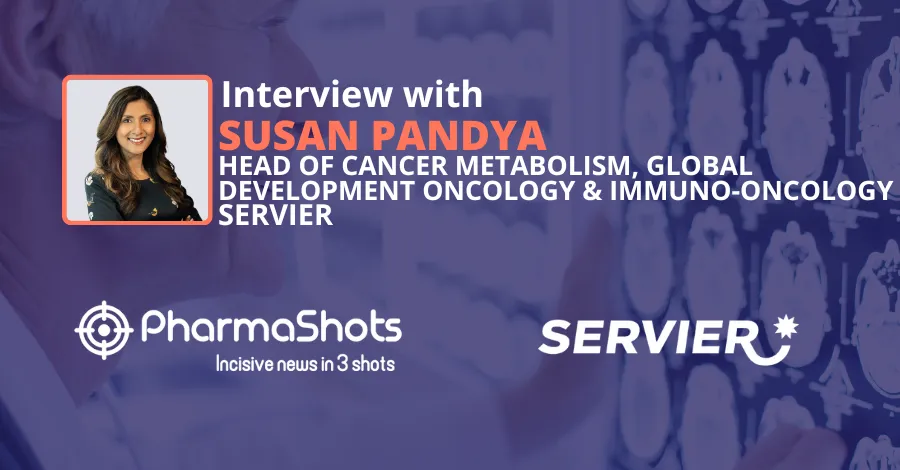
Breaking the Barriers of hATTR Treatment: Thirusha Lane Shares her Insightful Thoughts with PharmaShots
Shots:
-
Often, patient care focuses solely on therapeutics, but with rare diseases like hATTR amyloidosis, integrating holistic care for patients is crucial to ensure patients fully live their lives
-
In an enlightening conversation with PharmaShots, Thirusha Lane shares the highlights of the recommendations developed by the international panel of patient advocates and HCPs for people living with hATTR amyloidosis
-
Thirusha discusses the challenges patients and caregivers face and ways to help patients improve and maintain their physical, emotional, social, and spiritual well-being to live independently for longer
Saurabh: Would you like to provide an overview of the recommendations developed by the international panel of patient advocates and healthcare professionals for people living with hATTR amyloidosis?
Thirusha: In 2019, the Amyloidosis Alliance called for a broader approach to health and social care to reduce the burden of hereditary transthyretin-mediated amyloidosis, also known as hATTR or ATTRv, on patients and their families. This is because the severity and complexity of the condition means that people affected by hATTR amyloidosis, including their families and carers, require a more integrated, holistic approach to their care with the goal of preserving independence and quality of life.
In response to this call to action, an expert panel of patient advocates and healthcare professionals, known as the Primary Consensus Panel, came together to develop the first-ever recommendations for patient- and family-centred holistic care for people living with hATTR amyloidosis. The recommendations, endorsed by an International Delphi Survey and published in the BMJ Open medical journal, are the first to recognise the importance of the patient community in advocating for the needs of people affected by this rare disease and call for a major shift in the current approach to its management.
Within the recommendations, the panel calls for early diagnosis, treatment initiation, and coordinated multidisciplinary care, as well as open dialogue between HCPs and patients to support shared decision-making and consistent monitoring of disease progression. The recommendations also highlight the importance of a tailored family-centred care plan inclusive of supportive care to enable patients to preserve their independence and quality of life.
Saurabh: What is the significance of these recommendations for individuals with hATTR amyloidosis & for HCPs?
Thirusha: Across Europe, there are no universal standards of holistic care for patients living with hATTR amyloidosis. Physicians’ practices vary as do the resources available to them to both diagnose and manage patients living with the condition. Often disease management focuses mainly on treating the clinical symptoms of the disease rather than a more holistic approach that takes the whole person into account.
These recommendations underscore the importance of more robust holistic care plans and provide healthcare professionals with a new blueprint for care that can potentially have a significant impact on a patient's quality of life.
Saurabh: How do these recommendations impact Alnylam and the pipeline they are developing for hATTR amyloidosis?
Thirusha: These recommendations focus on care beyond the pharmacological treatment of disease and suggest how a more holistic approach could help preserve independence and QoL. Collaboration from all parts of the community will be key to further improving clinical practice in this space, and Alnylam is fully committed to supporting these efforts and working with all stakeholders – patient advocates, healthcare professionals, industry, and policymakers – to champion and embed a holistic approach in clinical practice.
More broadly, Alnylam is committed to listening to and learning from patients to understand their journey, experiences and needs which inspires us to continue to advance the development of potential therapies for a range of diseases.
Saurabh: According to you, what are some of the key challenges that people living with hATTR amyloidosis face in their daily lives, and how do these recommendations address these challenges?
Thirusha: hATTR amyloidosis is an inherited, progressively debilitating, and often fatal multisystem disease. Its complexity and severity mean every aspect of a person’s life is affected and day-to-day activities and ability to work are inevitably impacted, for example:
-
Activities of daily living, like cooking housework, gardening, shopping
-
Self-care, such as taking a shower, brushing teeth, getting dressed, eating
-
Mobility, including walking outdoors, going up stairs, travelling on public transportation
-
Mental health problems including anxiety, depression and feelings of isolation are common
These recommendations provide guidance on how allied healthcare services can help patients improve and maintain their physical, emotional, social and spiritual wellbeing to live independently for longer, including:
-
Physiotherapy to maintain stamina, fitness, strength and dexterity
-
Home aids and modifications to help patients maintain autonomy
-
Psychological support to aid acceptance, develop coping strategies and build resilience
-
Nutrition to maintain physical functioning and metabolic activity
-
Community and advocacy support groups to build supportive networks, and share information, experiences and resources
-
Spiritual care to access individual belief systems to restore hope and optimism
Saurabh: What are the updates or differences in the recommendations present vs. the old for hATTR amyloidosis and other forms of amyloidosis?
Thirusha: Until now, there have not been any published consensus recommendations for the holistic care of people affected by hATTR amyloidosis; these recommendations are the first-of-their-kind.
In recent years, it has become evident that those affected by this rare disease require integrated, cross-disciplinary support to achieve the best possible outcomes. Attention has now turned to the challenges faced by patients, caregivers and families – and how to address them holistically. A key challenge, however, is that healthcare systems do not typically recognise the importance of holistic support sufficiently. The development of these recommendations marks a milestone in this respect, and sheds light on how the community can advocate for resources and services that benefit individuals impacted by this rare disease.
Saurabh: Are there any notable differences in the care approach recommended for hATTR amyloidosis compared to other types of amyloidosis or rare diseases?
Thirusha: These recommendations focus on the hereditary form of ATTR amyloidosis and take into account patients' broader physical, emotional, practical and psychological needs alongside treatment; however, broadly speaking, holistic care is important across all diseases to ensure that healthcare professionals are treating the whole person, and not just their clinical symptoms.
Consensus recommendations are often seen as foundations upon which healthcare practice can continue to evolve, and the potential of such recommendations can be seen when looking at another neurodegenerative condition – multiple sclerosis (MS). In 2016, the international MS community worked on implementing recommendations advocating for a care strategy inclusive of timely diagnosis, intervention and monitoring of therapy effectiveness. The recommendations, validated by the wider MS community of patients, advocacy groups and healthcare professionals resulted in a new framework for service development, evaluation and improvement.
Patients and their families living with hATTR amyloidosis, or any other rare disease, deserve the best possible care and the opportunity to live life to the full. To achieve this, we must continue to work together to ensure holistic care practices are incorporated into future management guidelines.
Saurabh: Can you share any success stories or case studies that illustrate the positive impact of implementing holistic care for people with hATTR amyloidosis?
Thirusha: There are many examples highlighting the benefits of holistic care practices. From a patient perspective, many have described how living with a rare disease like hATTR amyloidosis significantly affects everyday life and how holistic care can enable people and their families to live well for longer. For example, living with hATTR amyloidosis comes with significant emotional burden and anxiety. For some, seeking counselling for themselves and their caregivers offers a vital resource to support emotional wellbeing. In dealing with some of the physical aspects of the disease, interventions such as physiotherapy can help to reduce muscle wastage and maintain cardiovascular and muscular fitness, and therapies like massage can help with pain and neuropathy. Collectively, these interventions can mean that individuals are able to maintain a level of independence and reduce the burden on caregivers, also helping to preserve relationships.
Image Source: Canva
About the Author:

Thirusha Lane
Thirusha Lane, PhD, is Associate Director, Patient Advocacy and Engagement (PAE) at Alnylam Pharmaceuticals. She is Global PAE Lead on the ATTR Amyloidosis program, with a focus on capacity and capability building with the small patient/volunteer-led amyloidosis charities around the world, so that they are better equipped to support their communities with vital education and peer support. The aim is to empower patients and their families with the information and tools they need to play an active role in their care decisions and goals.
Prior to her current role, Thirusha worked as a nurse for 25 years, specialising in critical care before moving to multiple sclerosis research and then amyloidosis. The last 12 years of her nursing career were spent at the UK National Amyloidosis Centre in London, initially as Lead Nurse, then as Post-doctoral Research Associate, having completed a clinical PhD on the impact of cytokine modulation in AA amyloidosis.
Thirusha is passionate about improving communication, availability and accessibility of health information and resources, especially in relation to diverse and underserved communities.
Tags

Saurabh is a Senior Content Writer at PharmaShots. He is a voracious reader and follows the recent trends and innovations of life science companies diligently. His work at PharmaShots involves writing articles, editing content, and proofreading drafts. He has a knack for writing content that covers the Biotech, MedTech, Pharmaceutical, and Healthcare sectors.













